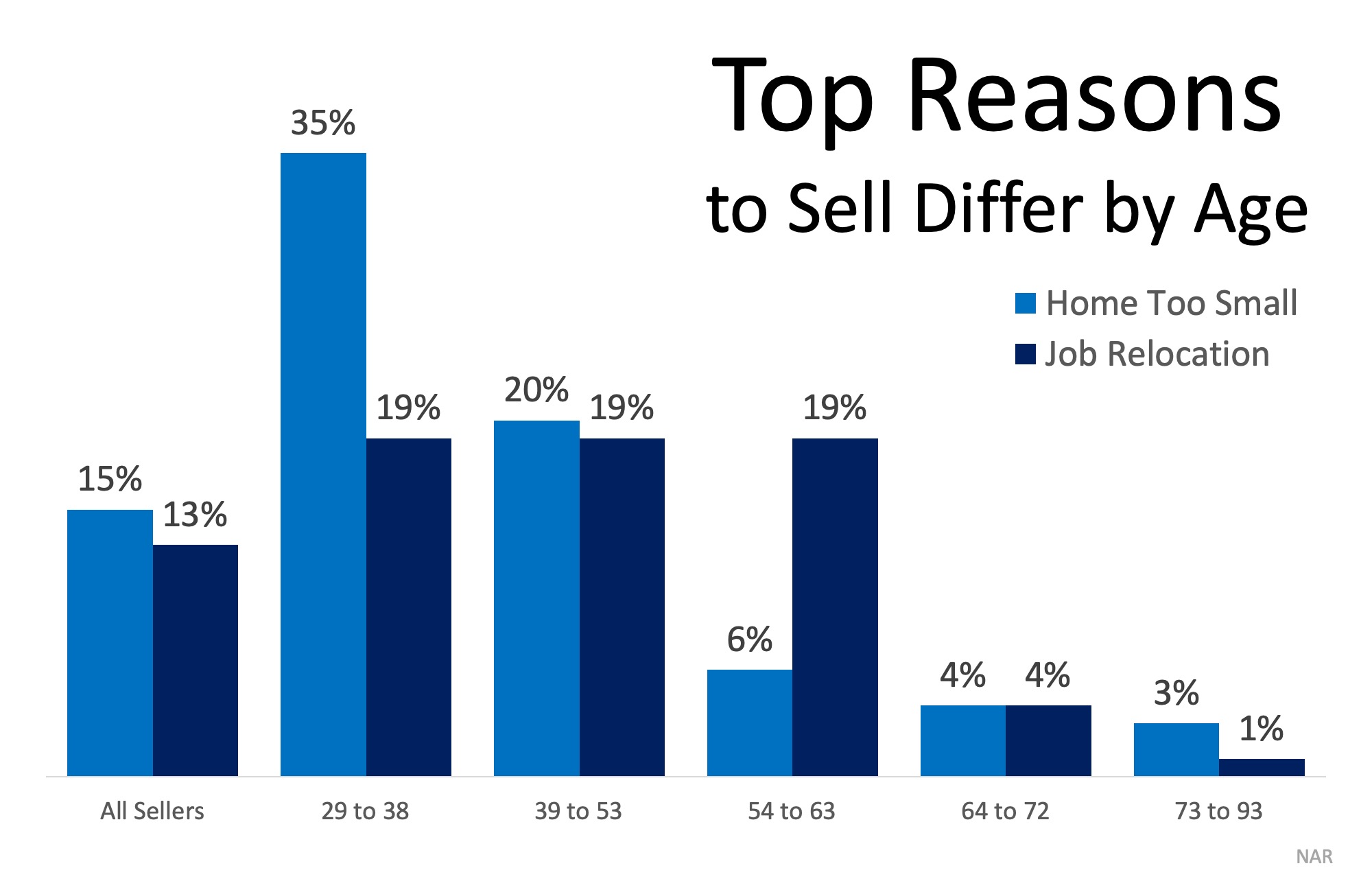Your health and the health of your loved ones is one of the most important factors you have to account for each day. However, even the most conscientious person can overlook some of these potentially lethal household hazards.
CARBON MONOXIDE
An odorless, colorless gas, carbon monoxide is almost impossible to detect without a carbon monoxide alarm. Prevent headaches, dizziness, weakness, shortness of breath, and even death from carbon monoxide poisoning by investing in an alarm for your home.
RADON
Like carbon monoxide, radon is a colorless, odorless gas. This naturally occurring gas is the second most common cause of lung cancer deaths in the U.S., second only to smoking. The only way to know if your home has dangerous amounts of radon is by doing a radon test. You can pick up radon test kits at most hardware stores or call a local Home Inspector to have a 48-hour test run in your home.
ASBESTOS
Everyone knows that asbestos is bad for you, but many don’t realize they may have asbestos in their homes. Asbestos can still be found in ceiling tiles, floor tiles, and insulation in many homes across the U.S. When they start to degrade, asbestos fibers can get into the air and, if inhaled enough, cause you and your family to develop lung disease. If you think your home may have asbestos, have an asbestos professional inspect your home.
LEAD
Lead is most notorious for its presence in paint, but it can also be in your plumbing and other building materials. Lead is typically safe unless it's digested, making it a more dangerous hazard for young children since they’re more likely to stick potentially contaminated items in their mouths.
SMOKE DETECTORS
Smoke detectors are only effective if they’re in working order and near the fire. Be sure to test your smoke detector’s every six months. If they are the battery operated kind, replace the batteries each year. Current standards are to have smoke detectors located in the hallway and each bedroom, and at least one on each floor (but not in the kitchen or garage).
If you're concerned about the potential presence of any of these hazards in your home, let me help you get connected with the right people to get testing done.











